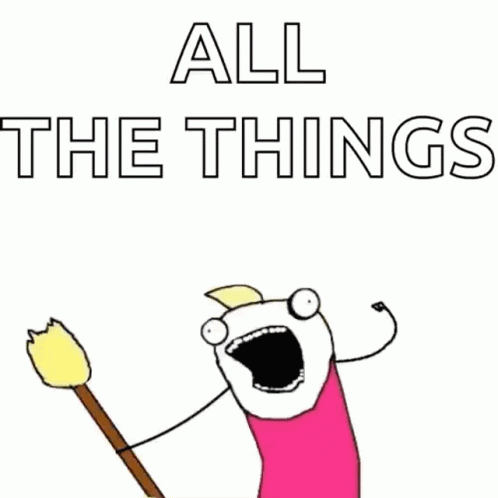The Artist’s Way by Julia Cameron is one of those books I have heard about from just about every creative guru, from writers to painters to belly button lint weavers. It’s like the Bible for artists or something.
So of course, I never read it.
It came out in the early 90’s, which was probably a little too early for me to have picked it up and read it, as a 12-year-old who had no serious time constraints or difficulties with her creativity yet.
It wasn’t until sometime in the mid 2010’s that I acquired it, along with another book of hers, The Right to Write. I didn’t get past the very beginning of either book then because I had six million other things going on and wasn’t ready to devote the time to it.
Fast forward to late summer 2022, and there I was, pondering the next steps in my currently calm and stress-free lifestyle. I happened across a blog about creativity, and the author mentioned how The Artist’s Way took her from being a mediocre artist and blogger who no one read to someone who now runs a really sweet online business teaching people how to create cool stuff.
I’m only about a third of the way through the book so far, but already she has hit on a number of things that resonate with me. One is the experience of telling someone you’re a writer or an artist or a musician, often the very first response is something about whether you’ve been published, exhibited or gone on tour.
In my case, I feel like people always immediately ask if I have a shop or anything for sale. I guess it’s the polite thing to ask, especially if you really are interested in buying something to support them. I’ve certainly done it to other people, it’s almost a reflex when someone tells you they do ______. You ask to see evidence of it.
The downside is that if you are an artist who hasn’t had your work published or shown, or you don’t have a shop, it can feel really invalidating to not have concrete evidence of success. Like you’re not a real artist if no one knows your name, or can’t peruse your writing or art online somewhere.
Another thing that really resonated, perhaps even more than my first point was this struggle with juggling what you want to put your energy toward on any given day. I have often put myself in a stalemate trying to figure out what to do with a free chunk of time.
Should I write, work on my stained glass, paint, draw, or design more garden beds? Speaking of gardening, I should probably go outside and pull weeds or plant seedlings or harvest tomatoes, or something productive. If it’s a rainy day, I should probably do something productive inside, like sort out my closet or organize the pantry, or something! I end up feeling guilty if I’m not doing ALL THE THINGS at once.

One of the things she talks about in the book is just letting yourself have the space to putter around and “moodle,” which is a new word for me. It essentially means giving yourself time to daydream and let your mind wander, with no expectation of results.
That kind of blows my mind. I’ve been a moodler my whole life, but I never knew it was a thing. I just love puttering around doing random, meaningless little things and getting lost in my imagination. It’s part of why I love gardening so much, I can just daydream and imagine as I am pulling weeds or raking or digging, or whatever. I basically daydreamed my entire way through middle school and high school. It worked well for my creative writing and art classes, not so much for math or science, though.
Anyway, so since I began reading the book about a month ago now, I have been doing daily morning pages, which is the first order of business in The Artist’s Way. As soon as I wake up I grab my notebook and write three pages of whatever comes to mind. It’s pretty great to have a brain dump before I even get out of bed. It’s definitely improved my mood in the mornings and helped me wake up a bit more before I get up and start doing stuff. (I am not a morning person.)
So far, there have been no startling revelations or epiphanies, but I already feel more satisfied with myself for devoting the first waking moments to my creative self, as opposed to telling her that I’ll get to it later, after I’ve done this, that, and the other. And then many days never getting there, because too many other things have gotten in the way.
It is my hope to begin to blog more again. I don’t have aspirations of fame or anything with the blog, but it is fun to have the occasional reader comment on something and say that it’s been helpful to them somehow.
I’ve also been making more effort to give myself unstructured time to just be. Whether it’s going for a wander in the woods, or lying on the bed petting Reeses and looking at the sky through the window, I am trying to un-train my brain from the need to constantly be productive in some way. We’ll see how it goes!
I didn’t know that moodling was a thing but I do it myself. And, I suppose it could help creativity. Unfortunately, I think I end up thinking of all the things I need to do.
LikeLiked by 1 person